Health & Science
A new search for signs of life on Mars; Why we need orthodontists; Data right before your eyes; Just 4.74 degrees of separation
A new search for signs of life on Mars
NASA has launched its most ambitious mission yet to probe Mars for evidence of life. Curiosity, a 1-ton rover powered by a small nuclear reactor, lifted off aboard a rocket last week with a full array of instruments to study the Red Planet’s geology, chemistry, and possible biology. Once the 354-million-mile journey is completed, next August, Curiosity’s entry vehicle will descend to within 66 feet of the Martian surface, then lower the rover down on cables for a soft landing near the mineral-rich Gale Crater. Curiosity, about the size of a Mini Cooper, will spend at least two years exploring the Martian landscape. One goal is to search for evidence that our nearest neighbor once hosted life—or even that it still does. “Unequivocally, the conditions for the emergence of life were present on Mars,” NASA senior scientist Michael J. Mumma tells The New York Times. Curiosity is not equipped to detect life directly, but it carries an instrument that detects organic molecules—including methane, a gas generated on Earth by microbes and other living organisms. Some scientists say they’ve already detected methane in the Martian atmosphere, and hope Curiosity can find out where it’s coming from.
Why we need orthodontists
The Week
Escape your echo chamber. Get the facts behind the news, plus analysis from multiple perspectives.

Sign up for The Week's Free Newsletters
From our morning news briefing to a weekly Good News Newsletter, get the best of The Week delivered directly to your inbox.
From our morning news briefing to a weekly Good News Newsletter, get the best of The Week delivered directly to your inbox.
Mankind’s embrace of agriculture may be the reason so many of us have poorly aligned teeth. Anthropologist Noreen von Cramon-Taubadel, at the U.K.’s University of Kent, analyzed human skulls from 11 cultures around the world. Those that belonged to farm-fed societies, she found, had short jaws filled with crowded, overlapping teeth, whereas members of groups that hunted and foraged had longer, roomier mandibles. The difference, she says, is diet, not genetics. “Presumably, the children growing up in these different situations have different chewing behavior,” Von Cramon-Taubadel tells DiscoveryNews​.com. People living in agricultural societies are more likely to eat starchy, cooked meals of rice, corn, and bread that require only light chewing—and previous studies have shown that jawbones grow shorter when they lack exercise. Hunter-gatherers are more likely to consume a chewier diet of wild game, nuts, and raw vegetables, and thus give their jaws more of a workout every day. “Our behavior can have such a dramatic effect on our biology,” Von Cramon-Taubadel says. Children who chew tougher foods, she says, tend to have straighter teeth when they grow up.
Data right before your eyes
Who needs smartphones? We may soon be able to call up emails and other data on Internet-enabled contact lenses. Researchers at the University of Washington have fit an antenna, a miniature circuit, and a tiny LED into a lens designed for rabbits. The light, powered by remote control, glowed without causing any harm to the animals, moving us one big step closer to the day when “we’ll have full-fledged streaming in your contact lenses,” electrical engineer Babak Amir Parviz tells DiscoveryNews​.com. Researchers still need to devise a less-cumbersome way to power the lenses, and to figure out how to make them transmit more data than a single pixel. But they have already succeeded in designing contacts with a super-short focal length to sharpen the light display, since an object so close to the eyeball would ordinarily appear shadowy and out of focus. Smart lenses could soon be used to monitor medical conditions like glaucoma, and within the next decade, they may also be able to display text—such as driving directions—directly over objects in our field of view, or make us part of advanced video games. A mere five years ago, projecting images onto contacts “was something like science fiction,” says Arnaud Bertsch, a microsystems researcher in Switzerland. “Now it’s real.”
Just 4.74 degrees of separation
A free daily email with the biggest news stories of the day – and the best features from TheWeek.com
Popular wisdom says that only “six degrees of separation” stand between you and anyone else. Now, a new Facebook study says we’re getting more closely linked than that. University of Milan researchers analyzed the “friend” links among Facebook’s 721 million members. On average, only 4.74 hops from friend to friend were needed to bring any two members together, as opposed to 5.28 three years ago. That means “when considering even the most distant Facebook user in the Siberian tundra or the Peruvian rain forest, a friend of your friend probably knows a friend of their friend,” Facebook says. The data highlight how useful social-networking sites can be to researchers studying the behavior of extremely large groups of people. But the new networks created by social media may not be as strong as friendships made the old-fashioned way. Facebook, Cornell computer scientist Jon Kleinberg tells The New York Times, allows us to be “close, in a sense, to people who don’t necessarily like us, sympathize with us, or have anything in common with us.”
-
 How the War Department became the Department of Defense – and back again
How the War Department became the Department of Defense – and back againIn Depth In 1947 President Harry Truman restructured the US military establishment, breaking with naming tradition
-
 Sudoku hard: December 8, 2025
Sudoku hard: December 8, 2025The daily hard sudoku puzzle from The Week
-
 Codeword: December 8, 2025
Codeword: December 8, 2025The daily codeword puzzle from The Week
-
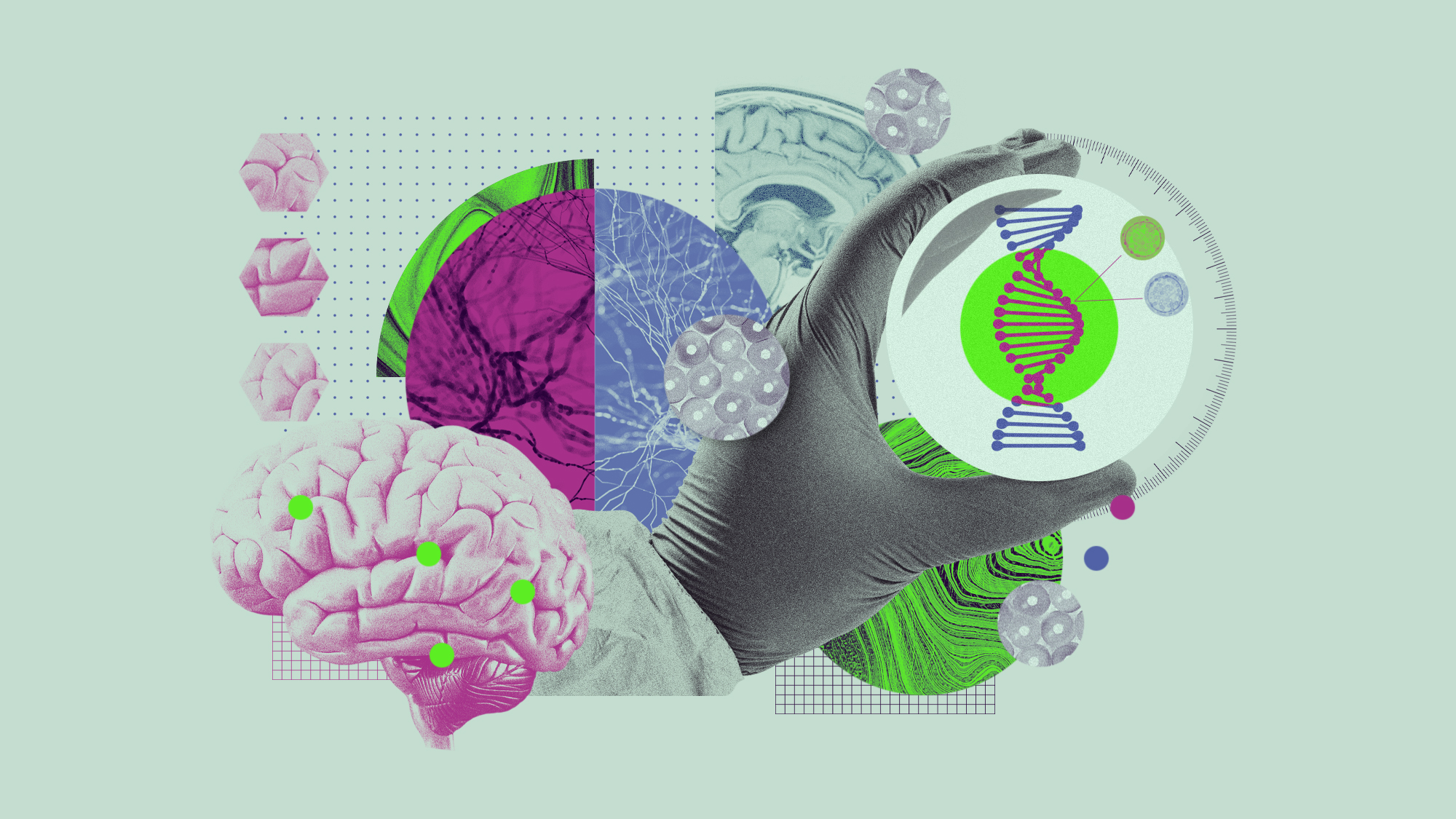 5 recent breakthroughs in biology
5 recent breakthroughs in biologyIn depth From ancient bacteria, to modern cures, to future research
-
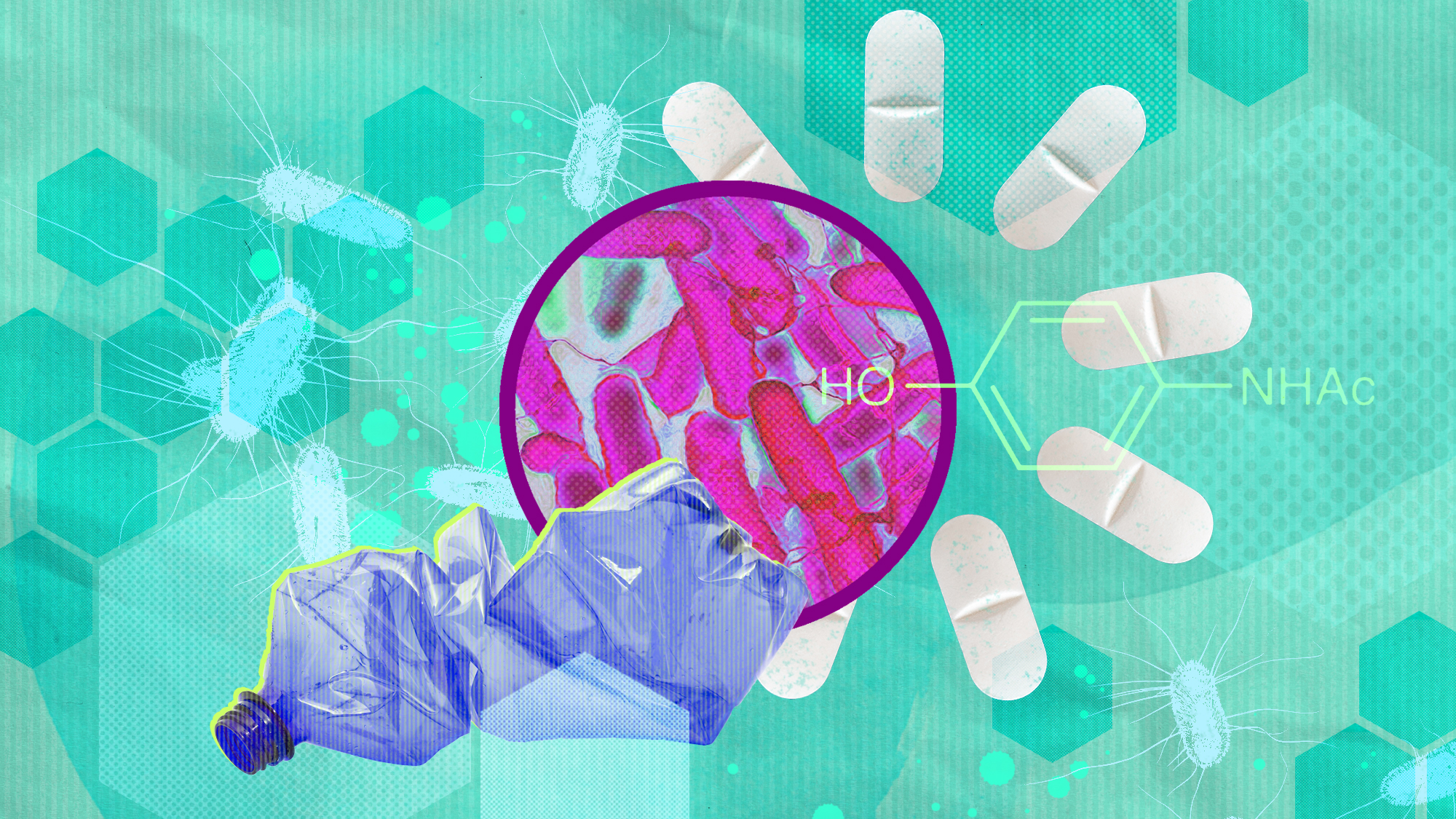 Bacteria can turn plastic waste into a painkiller
Bacteria can turn plastic waste into a painkillerUnder the radar The process could be a solution to plastic pollution
-
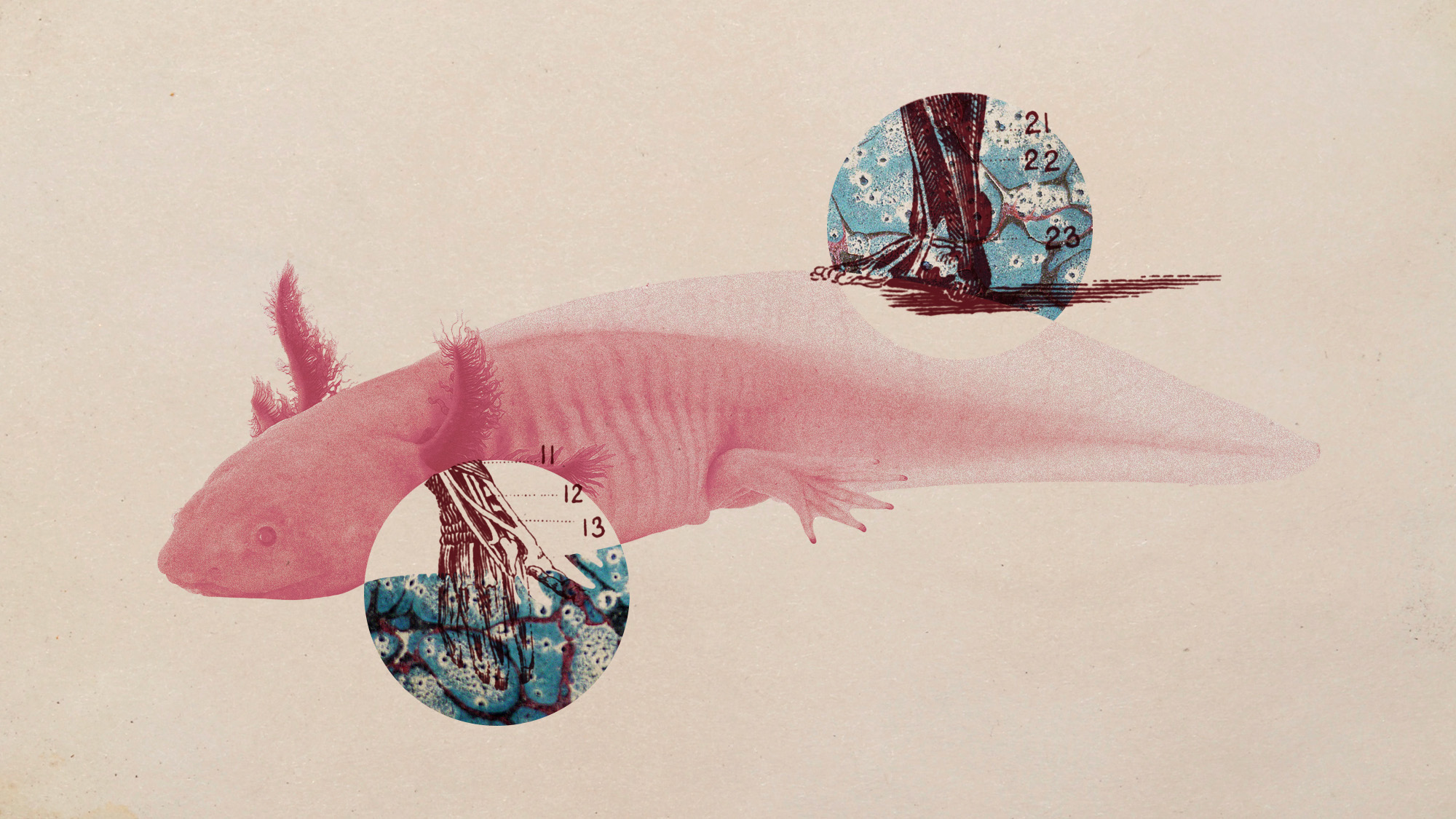 Scientists want to regrow human limbs. Salamanders could lead the way.
Scientists want to regrow human limbs. Salamanders could lead the way.Under the radar Humans may already have the genetic mechanism necessary
-
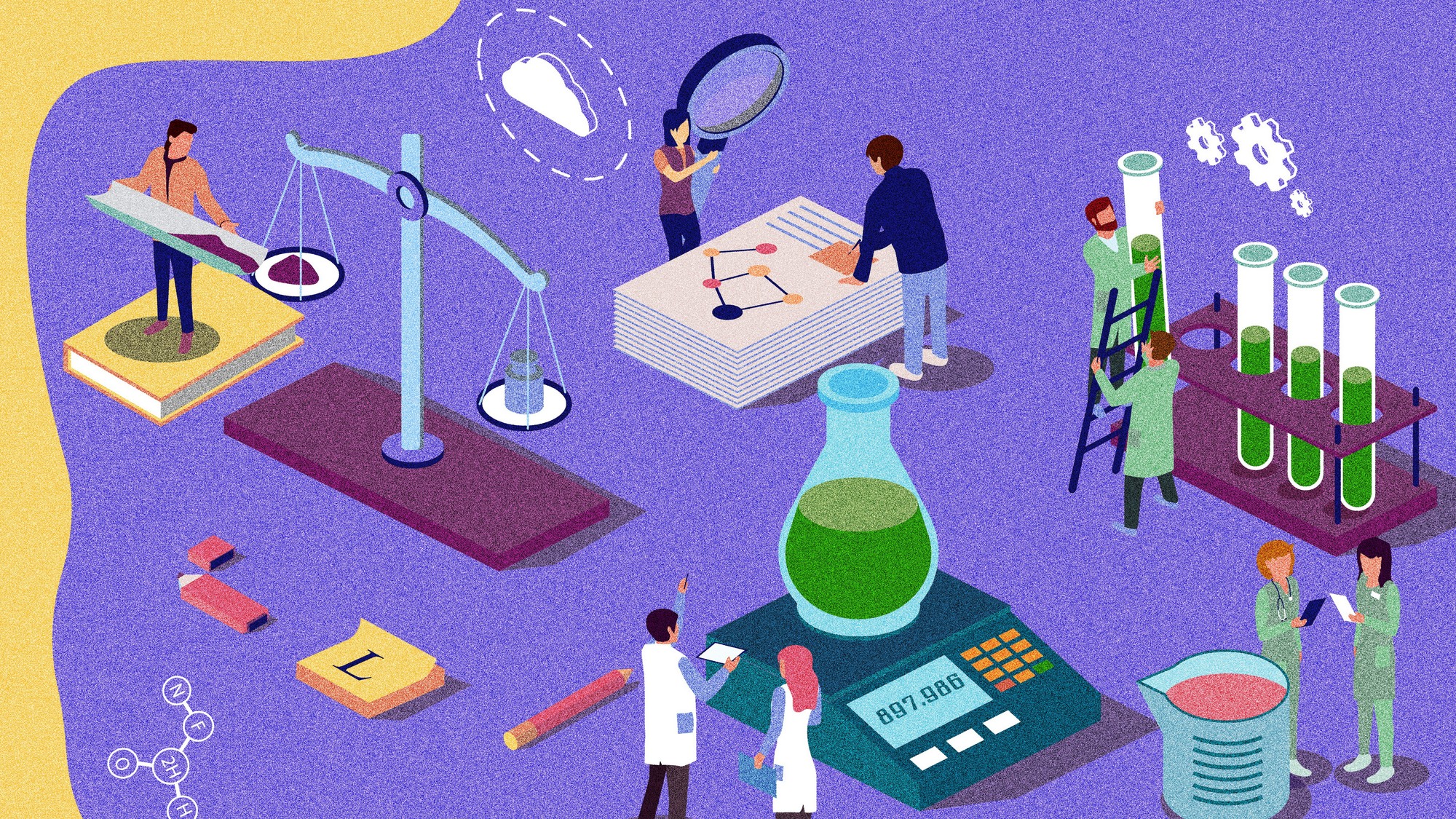 Is the world losing scientific innovation?
Is the world losing scientific innovation?Today's big question New research seems to be less exciting
-
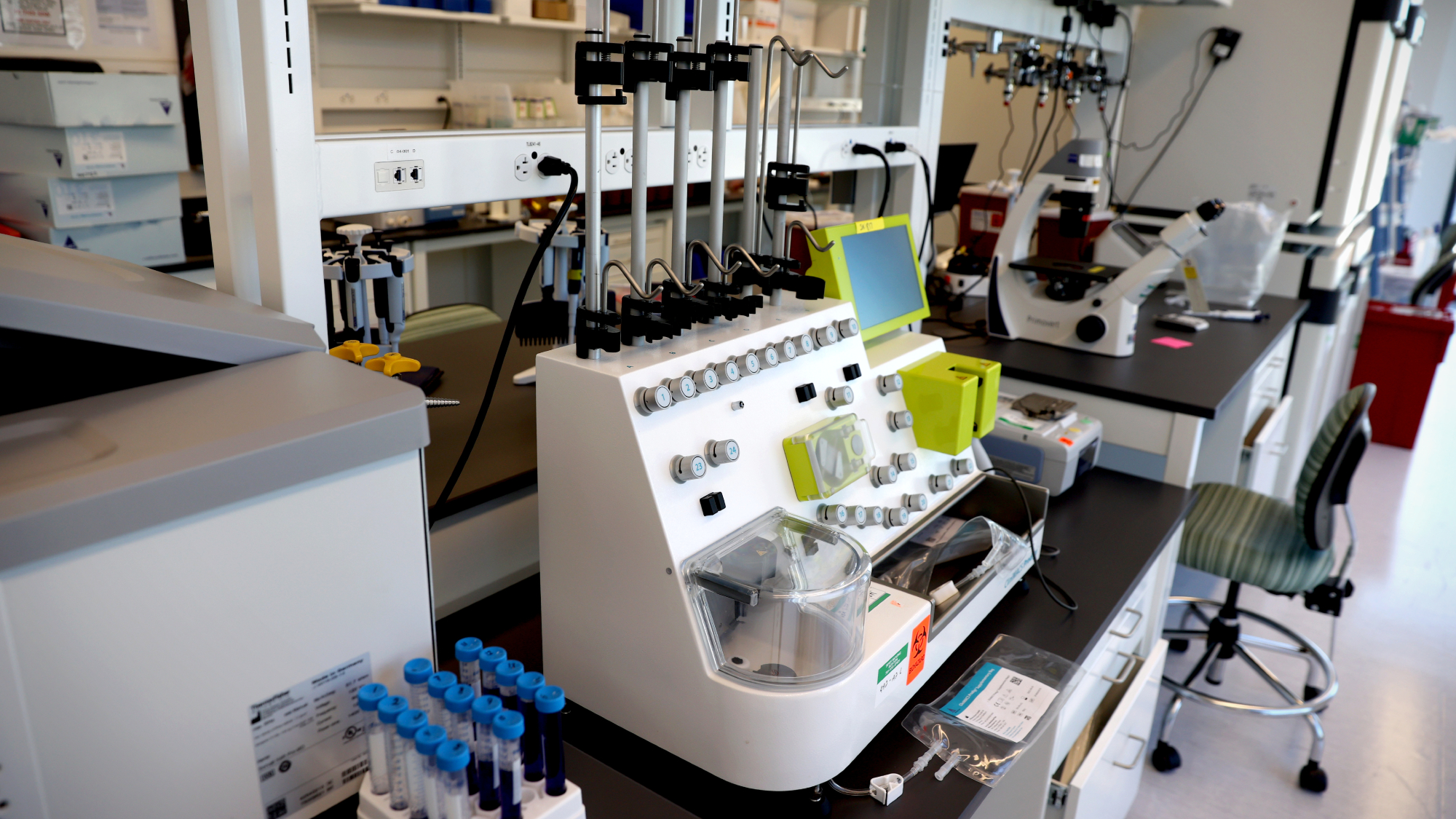 Breakthrough gene-editing treatment saves baby
Breakthrough gene-editing treatment saves babyspeed read KJ Muldoon was healed from a rare genetic condition
-
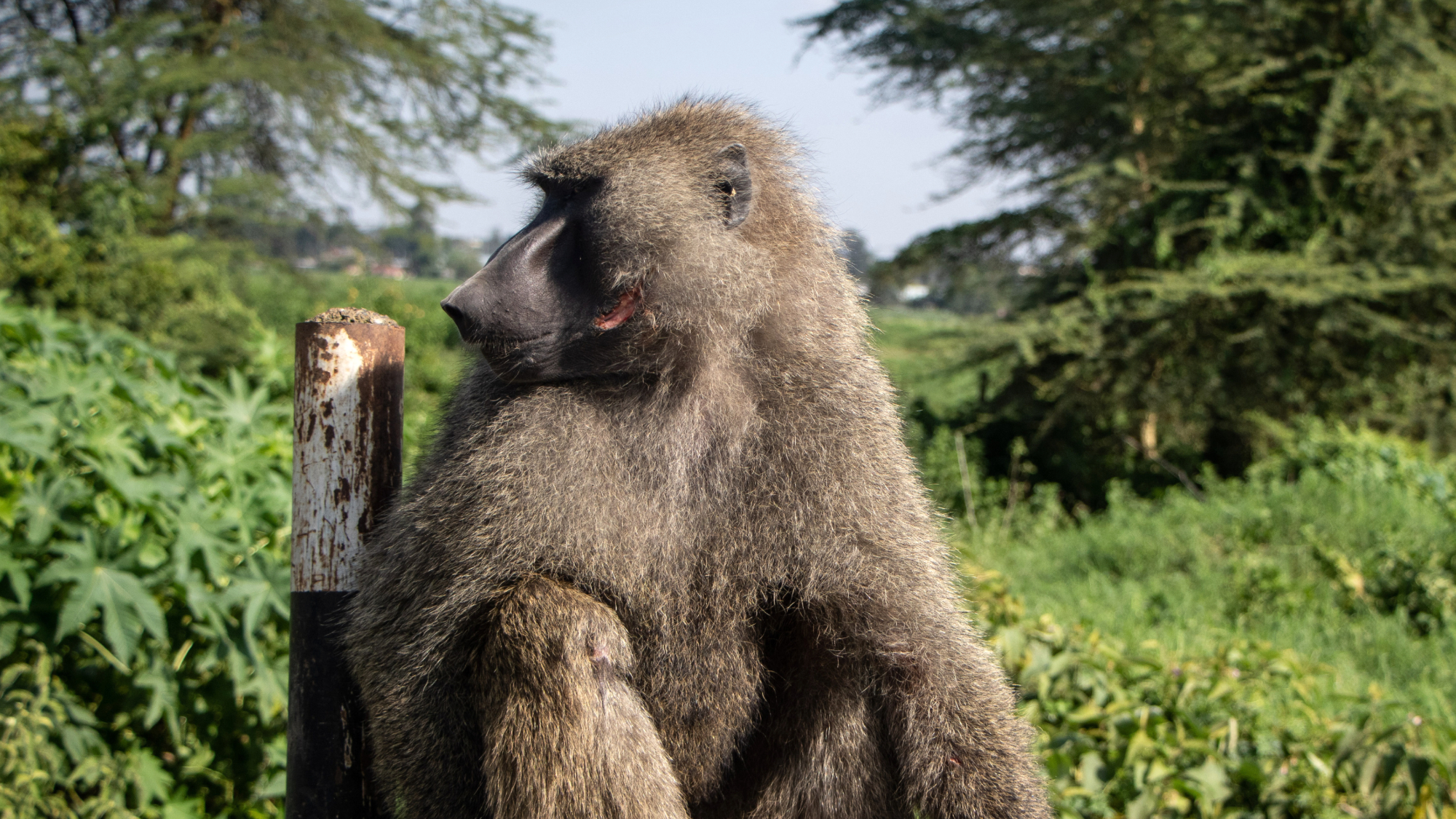 Humans heal much slower than other mammals
Humans heal much slower than other mammalsSpeed Read Slower healing may have been an evolutionary trade-off when we shed fur for sweat glands
-
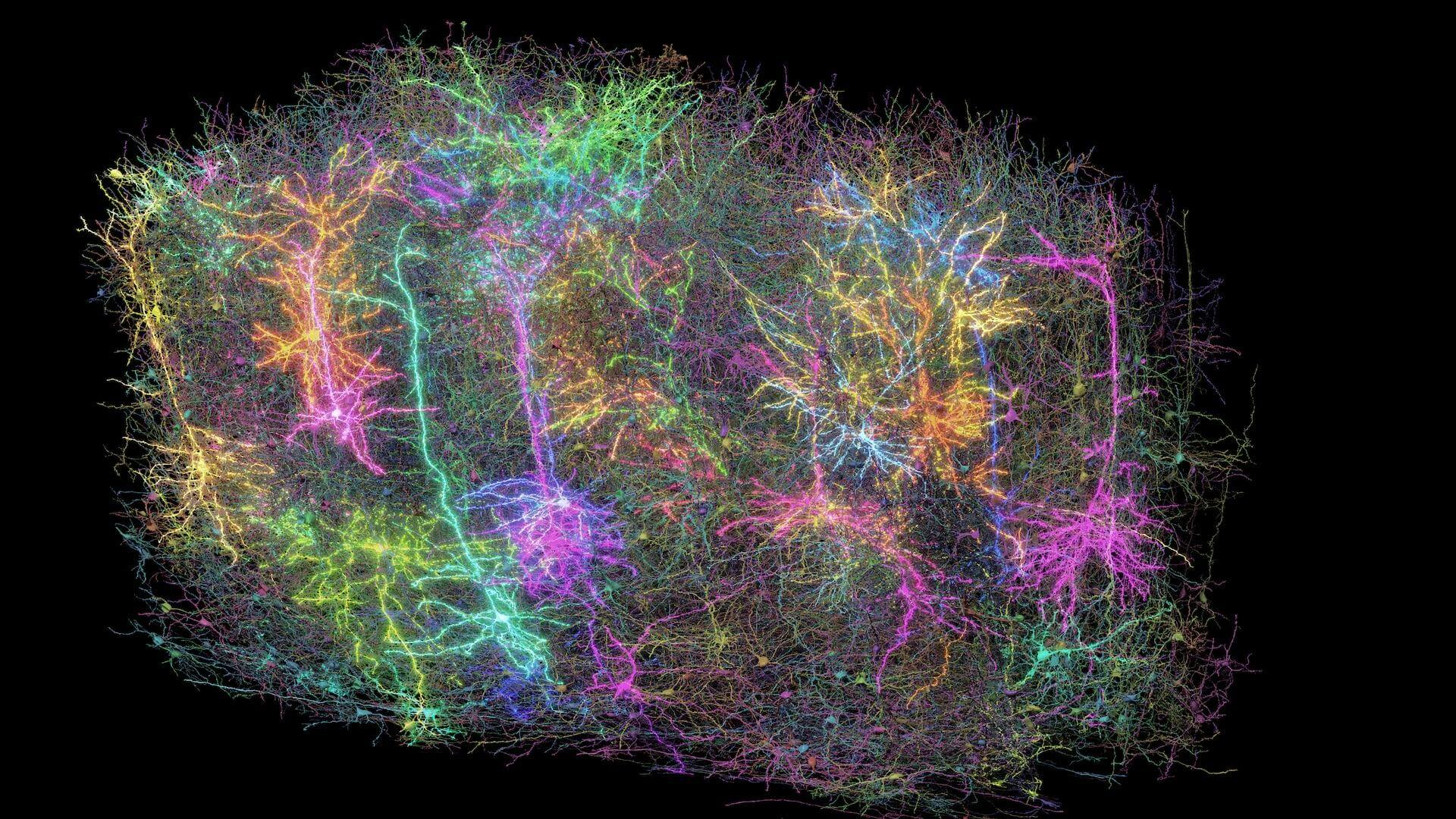 Scientists map miles of wiring in mouse brain
Scientists map miles of wiring in mouse brainSpeed Read Researchers have created the 'largest and most detailed wiring diagram of a mammalian brain to date,' said Nature
-
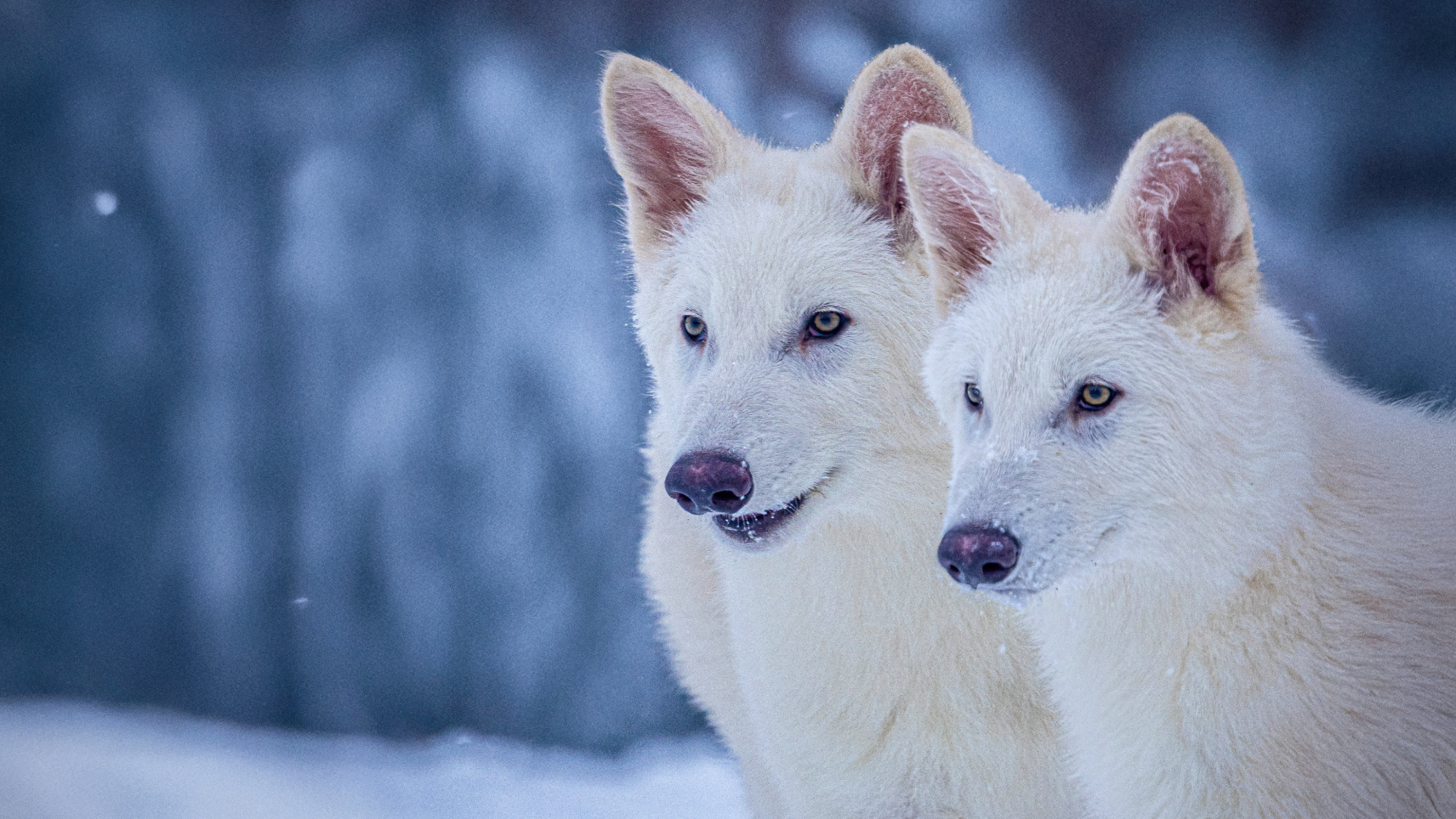 Scientists genetically revive extinct 'dire wolves'
Scientists genetically revive extinct 'dire wolves'Speed Read A 'de-extinction' company has revived the species made popular by HBO's 'Game of Thrones'